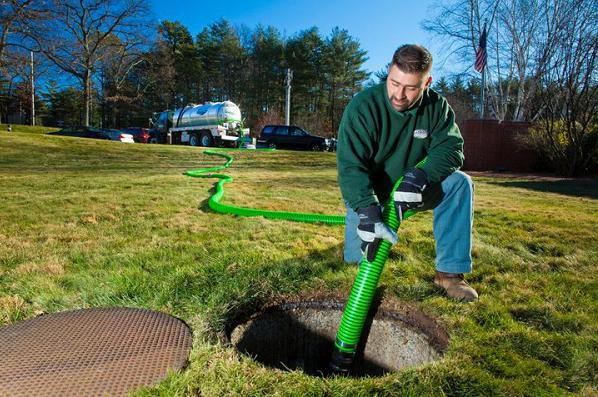
As your septic tank continues to accept waste, sludge starts to build up at the bottom. Eventually, it rises to a level when the microorganisms in the septic tank can no longer break down the sludge fast enough. Excess sludge can fill up the tank and prevent it from functioning properly, resulting in various issues. Emptying your septic tank involves the removal of sludge, a process also known as de-sludging.
What are the signs that your septic tank requires de-sludging?
As septic tanks start filling up with sludge, a number of signs begin appearing. Knowing what to look out for and acting fast when you notice such signs can save you a great deal of hassle.
- Pooling water over the drain field
One of the telltale signs of an overfilled septic tank is water pooling around the drain field. It happens because with solid wastes blocking the flow of water, the water pushes out through the top. In case you notice a lot of water over the area but hasn’t rained recently, get your septic tank inspected by a professional.
- Unpleasant odors
Quite naturally, the odors from a septic tank are going to be very unpleasant and noticeable. When your septic tank is functioning properly, it shouldn’t emit any odors. However, once it’s close to filling up or fills up completely, you would start smelling strong odors. Your neighbors might complain about the same too, which makes it imperative to have your septic tank emptied as soon as possible.
- Slow drainage
One of the major side effects of a full septic tank is slow drainage throughout the household. You would start having trouble flushing the toilets and the bath and the sinks would drain water very slowly. At first, you could use a septic-friendly drain cleaner to remove any clogs in the pipes that may be causing the issue. If this does not work, it usually means that you need to empty the septic tank.
- Unusually greener grass
The growth of fresh green grass on your lawn is good, right? Well, it’s not if the grass is growing specifically over the septic tank and the drainage field. See it as a warning sign and have your septic tank inspected at the soonest. Generally, the growth of new grass right over the septic tank area is the effect of a leaky or overflowing tank.
- Sewer backup
A sewer backup is one of the biggest and most troublesome and damaging problems caused by an overfilled septic tank. When sewage fails to flow as intended due to a blockage created by sludge, it can force its way back into the pipelines. This can result in extensive damage to your drainage system and cause a great deal of inconvenience. Hire professionals immediately to prevent the situation from worsening.
How often do you need to empty your septic tank in general?
You do not have to wait for the above-mentioned problems to appear before you empty your septic tank. In fact, you can prevent these issues from appearing in the first place by emptying your septic tank timely. Generally, you need to schedule septic tank cleaning and maintenance every two to three years. However, it also depends on a number of factors, like:
- The number of people living in your home
- The capacity of the septic tank
- Whether it is a seasonal home or you use it throughout the year
If you are in doubt, you can always approach a reliable septic tank cleaning company. They can help you figure out how often you need to get your tank emptied and even check the sludge levels.










